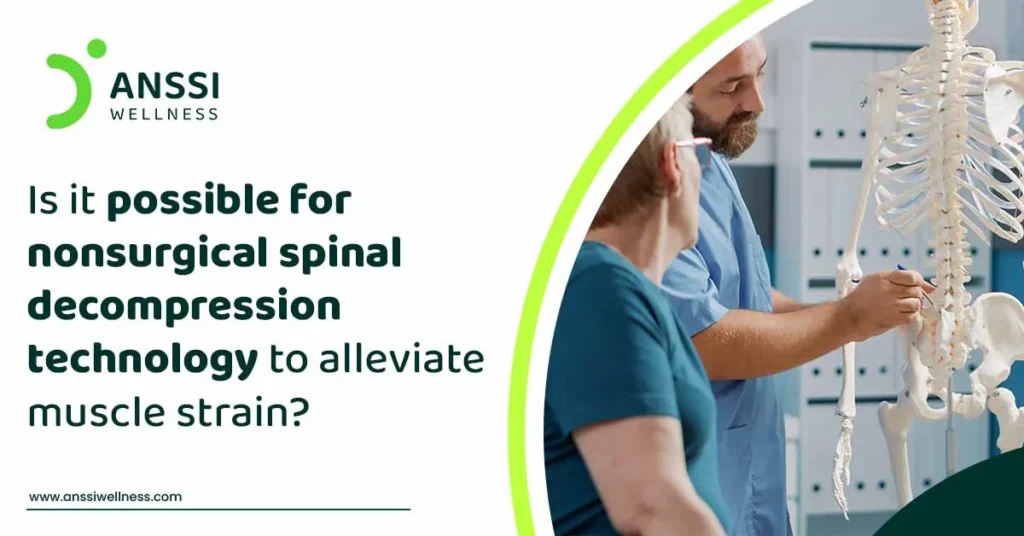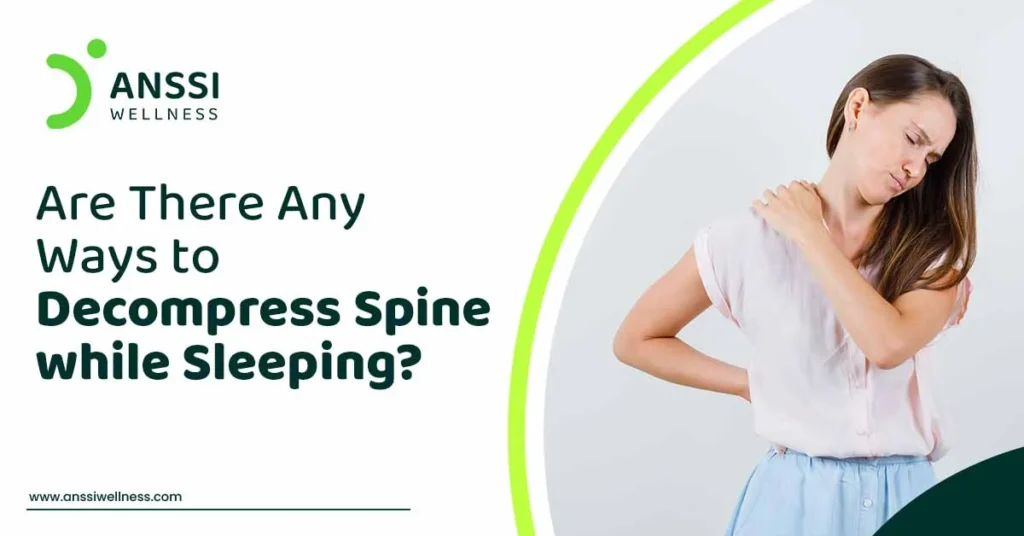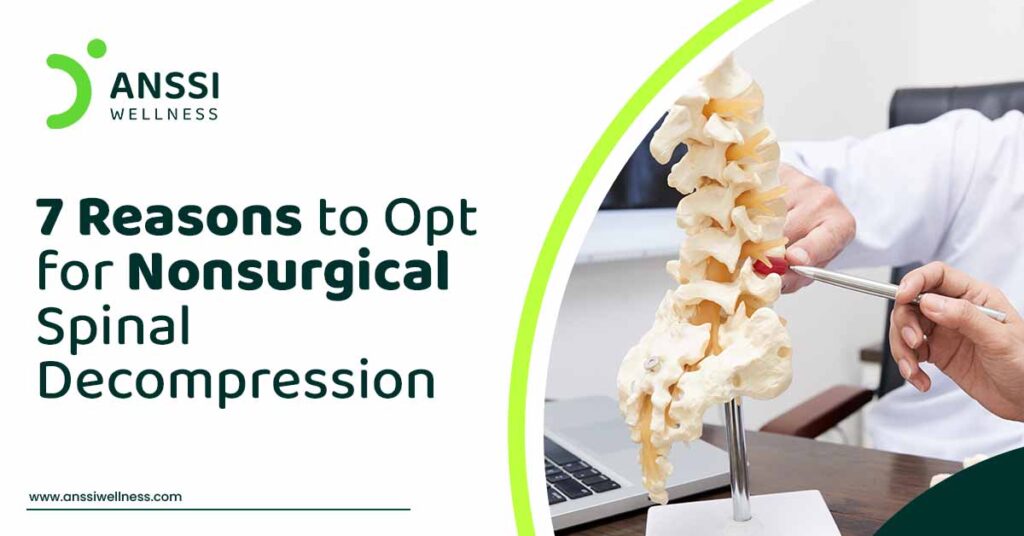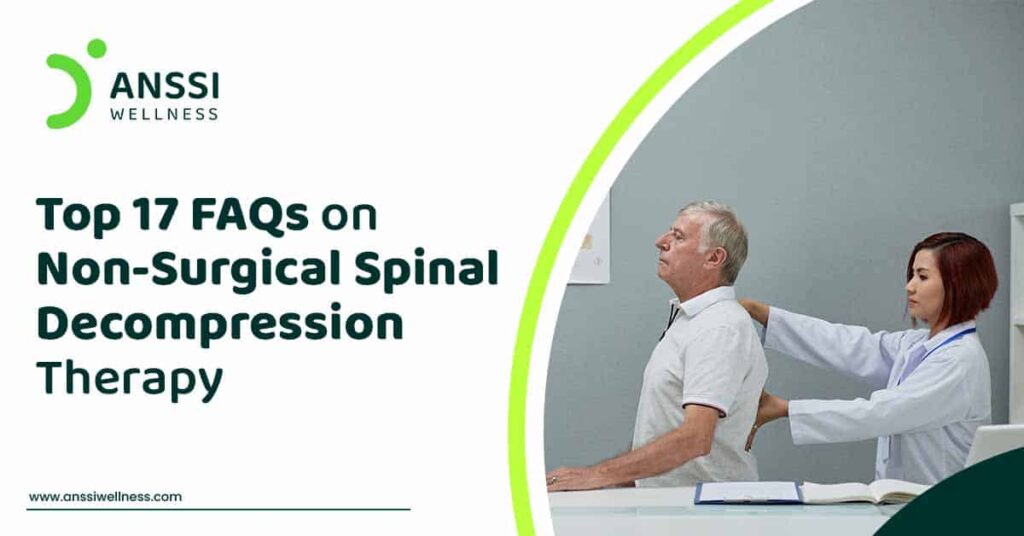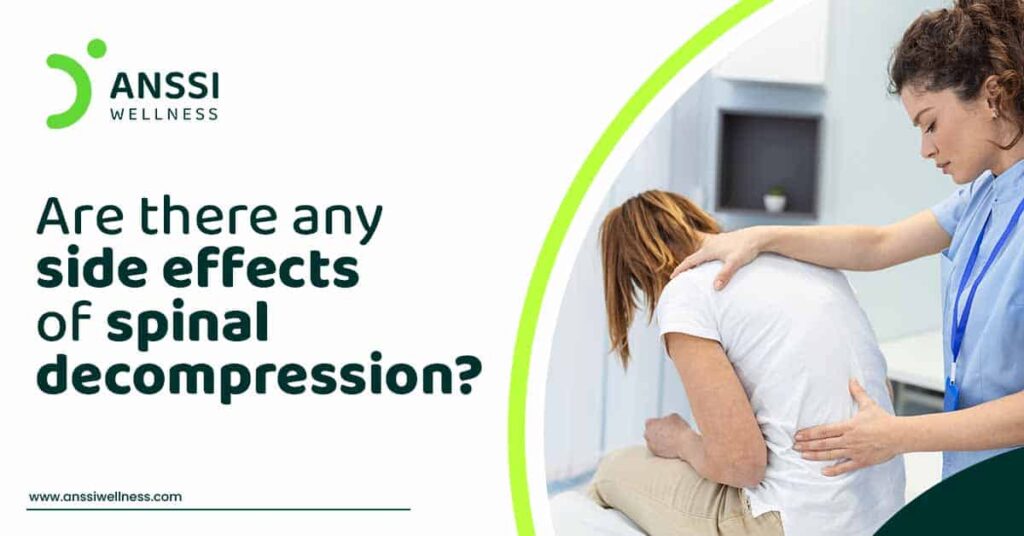
Spinal Health: Nutrition and Exercise’s Role in Spine Care
Understanding the importance of nutrition and a balanced diet is crucial for overall health, but itsimpact on spinal health is often underestimated. For those grappling with spine-related issues,adopting a healthy



